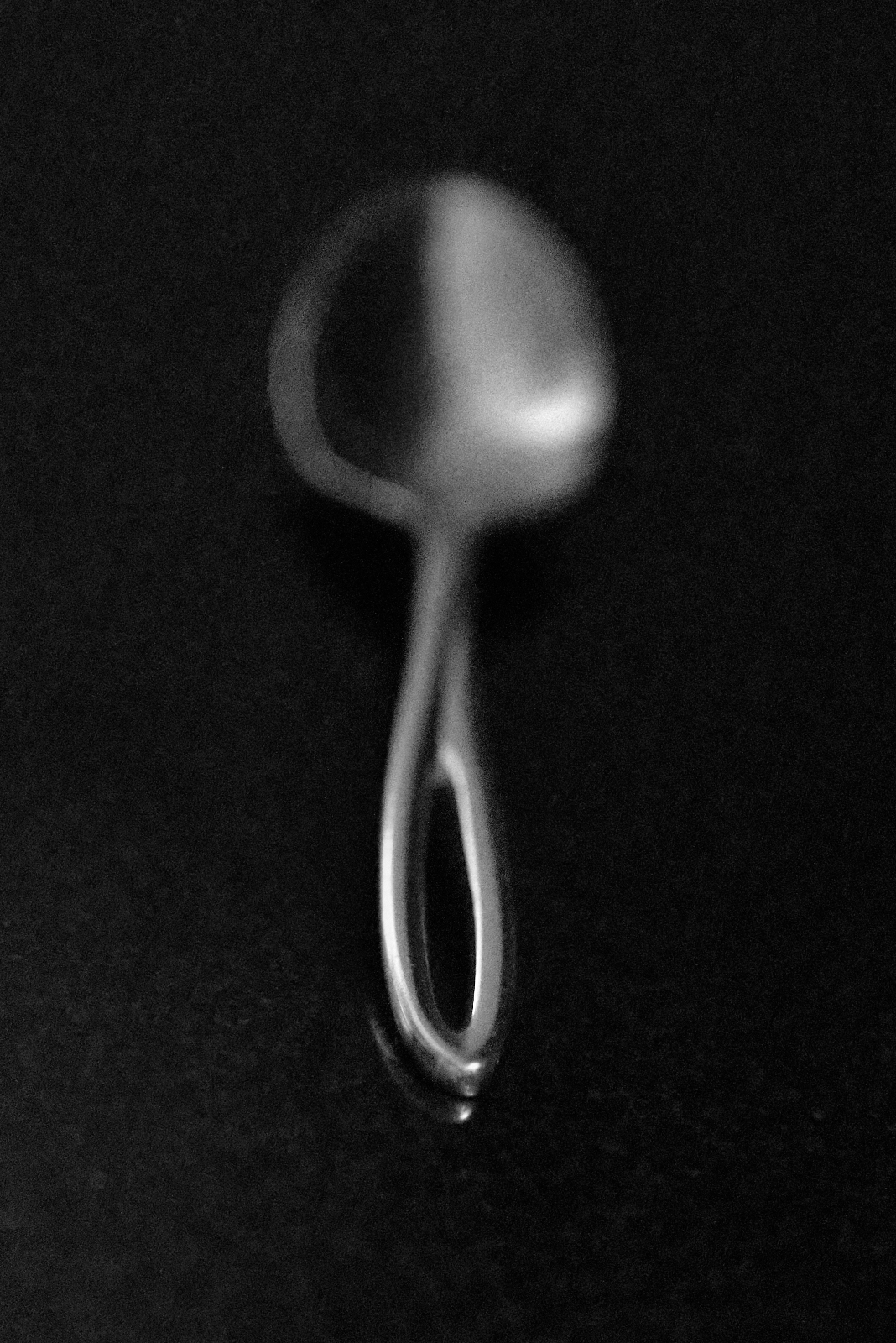Despite considerable handwringing, a species of photographer seems insistent on drawing attention to the equipment used to make photographs. I am amused by how many electrons and how much ink is spent saying some version of “gear doesn’t matter” by people who are themselves focused on cameras and lenses. Whether it is a “film photographer” (a term I don’t like but seems to be important to a certain group of people) is explaining yet again that “film slows me down,” while loading film, taking a shot, and winding the crank on the side of some vintage camera, or it is a “large format photographer” setting up the tripod and camera, screwing in the cable release, inserting the film holder, and taking the picture, or it is a person with a digital camera boasting about whatever gear some company has “lent [them] to try out” as they pull it out of their bag, the camera plays a starring role in the performance. The camera, its settings, or the film stock — all that is irrelevant, as many of these photographers will, in other instances, remind us. Rather, it is the image and the message or story or emotion or moment it evokes that matters. The camera, the lens, the film, the processing are all just tools a person uses to produce a photograph.
Photographers are not unique in this obsession with cameras, deflecting our attention from the photograph to the tools used to produce it. People I would describe as “photographer-adjacent” reinforce and encourage the habit. Audiences continue to watch videos that foreground cameras. Exhibitions highlight the equipment used on panels describing shows. Publishers continue to draw attention to the cameras used. Over and over again book blurbs include statements like “photographing with an 8×10-inch Deardorff view camera” and “shooting with a medium format camera” and “everyday moments based on iPhone photographs.” Perhaps there was a time when photographers and the photography-adjacent didn’t draw attention to their tools, but if so those days are past.

Imagine if we drew attention to the tools we use to accomplish other activities. I use a teaspoon rather than a soup- or tablespoon when I eat soup, one that was manufactured in the 1980s. It slows me down and forces me to appreciate the flavors and textures. Because my teaspoon is constrained by volume, I have to choose where to put it and what to scoop up. Each mouthful costs more, both time and calories, so I am more careful with each spoonful. It takes me longer to finish my bowl of soup. Metal spoons are better than plastic. Their weight causes a reassuring sound when they strike the bottom of the bowl, and if you’re eating outside the metal spoon does a better job weighing down the napkin.